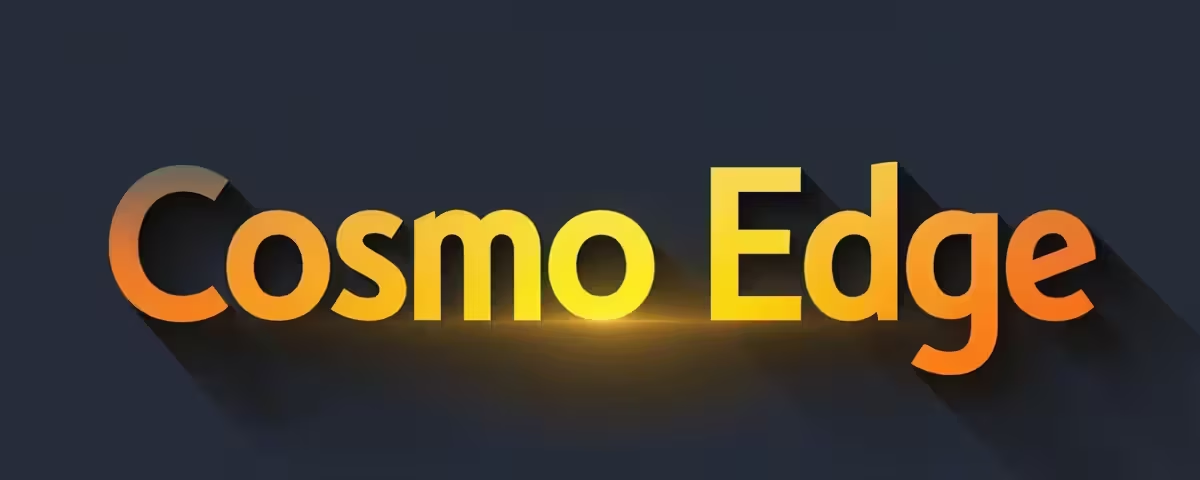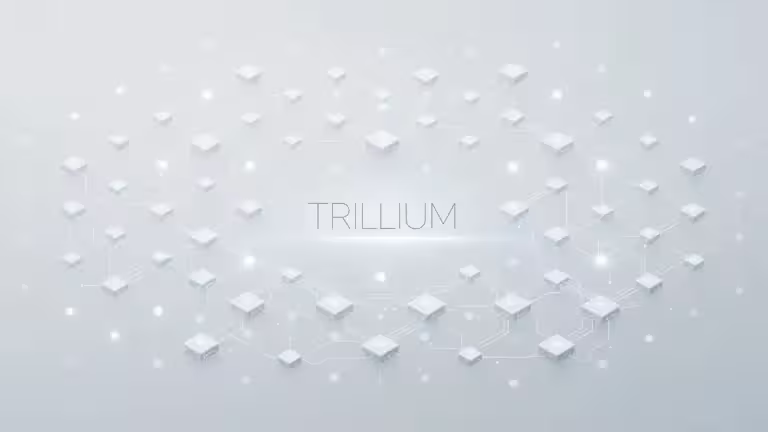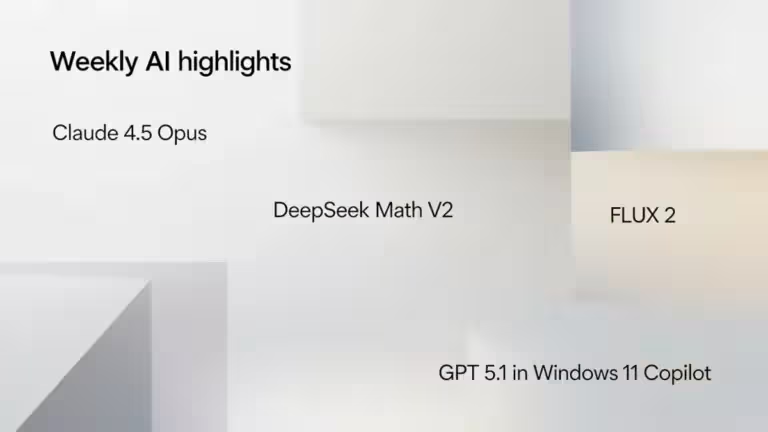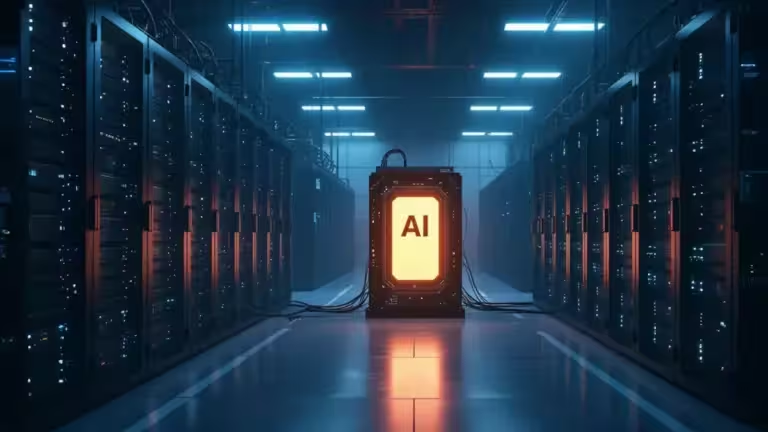AI News – October 15, 2025: Apple M5, Claude Haiku 4.5, Veo 3.1, and Major Shifts in the AI Industry
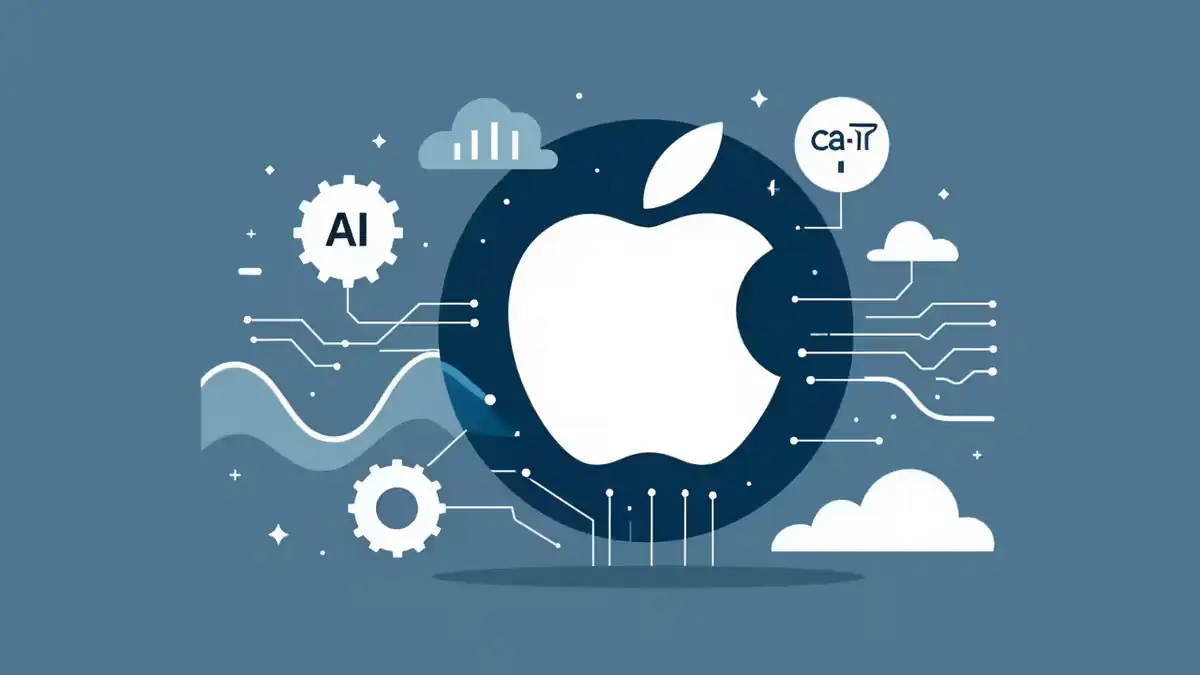
Artificial intelligence never sleeps, and October 15, 2025 perfectly illustrates that. Between Apple, Anthropic, Google DeepMind, and Meta, the day has been packed with announcements mixing computing power, new AI models, intelligent agents, and massive investments in data centers. Here’s a clear, condensed look at the latest AI news, the most important facts, and the trends shaping the industry.
Find the latest weekly AI news on our main page, updated regularly.
Major launches: Apple, Anthropic, and DeepMind speed up AI innovation
Apple M5: a game-changing AI chip
Apple unveiled its new Apple M5 chip, a technological leap redefining AI performance across Macs, iPads, and Vision Pro devices. Built using third-generation 3-nanometer architecture, the M5 delivers up to four times the AI processing power of the M4 and increases memory bandwidth by 30% (153 GB/s). Each core now includes a dedicated neural accelerator, a first for Apple Silicon.
According to Apple Newsroom, the M5 powers the 14-inch MacBook Pro, the new iPad Pro, and an updated version of the Apple Vision Pro headset, with preorders already open. The official launch is set for October 22, 2025, when Apple will discontinue the Vision Pro M2 model (MacRumors).
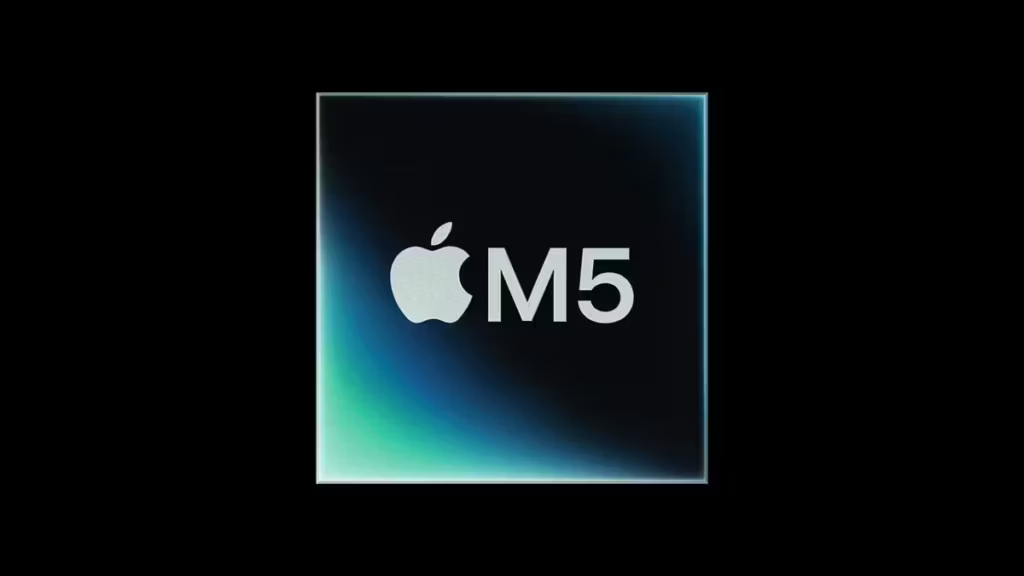
With the M5 chip, Apple strengthens its on-device AI strategy: local processing, visual and audio recognition, and enhanced creative workflows. The company clearly aims for a more seamless and privacy-focused artificial intelligence experience, reducing dependency on the cloud.
Anthropic Claude Haiku 4.5: faster, cheaper, smarter
On the language-model side, Anthropic has launched Claude Haiku 4.5, the latest version of its compact and cost-efficient AI model. As reported by TechCrunch, it delivers performance comparable to Claude Sonnet 4, at one-third the cost and with double the speed. In short, a model that thinks faster and costs less, without sacrificing reasoning depth or accuracy.
Aimed mainly at businesses and developers, Haiku 4.5 reflects a broader trend: making high-performance AI models accessible while keeping operational costs in check. According to Reuters, around 80% of Anthropic’s revenue now comes from the B2B sector, though this number remains unofficial.
With this release, Anthropic strengthens its position against OpenAI and Google by focusing on a pragmatic AI approach, built for productivity and automation rather than pure showcase power.
Also read : Claude Haiku 4.5 and the new wave of efficient AI
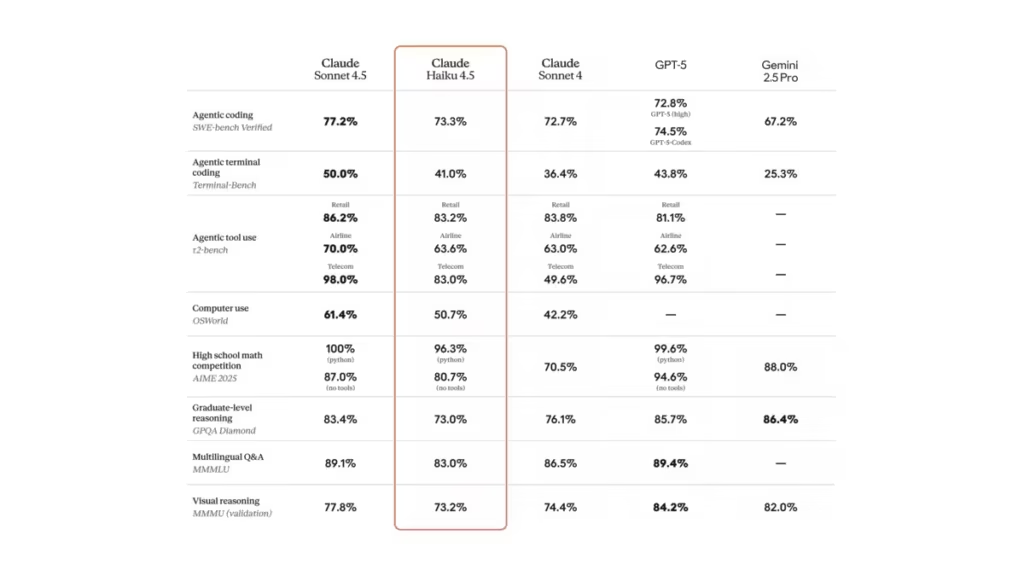
Google DeepMind Veo 3.1: immersive AI-generated video
At Google DeepMind, the day brought another milestone: Veo 3.1, its high-end video-generation model. This version enhances visual fidelity with more realistic textures, improved prompt adherence, and, most notably, integrated audio synthesis to generate coherent soundscapes.
According to C-Sharp Corner, Veo 3.1 integrates into Flow, Google’s multimodal creation platform, allowing simultaneous generation of image and sound. The result: more natural AI videos capable of capturing light, reflections, skin texture, and motion with impressive precision.
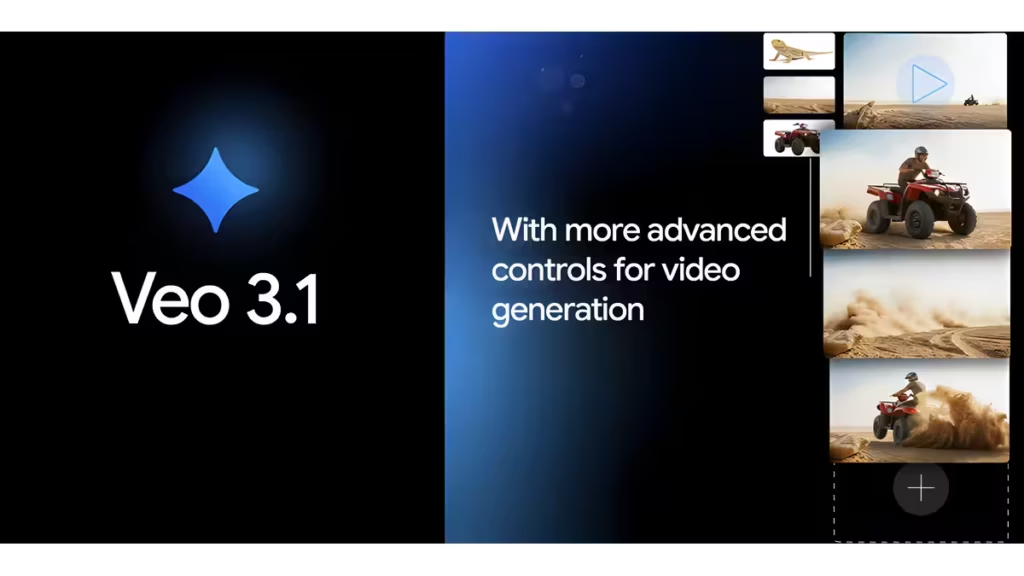
With Veo 3.1, Google seeks to widen its lead over Runway Gen-3 and Open Sora, leveraging the power of Gemini 2.5 and its advances in multimodal AI. The goal is clear: making AI video generation a reliable professional tool for film, advertising, and interactive design.
Partnerships and corporate strategies: AI goes large-scale
As new artificial intelligence models multiply, major companies are betting on strategic alliances to support the scaling of their infrastructures and services. On October 15, 2025, three key players stood out: Meta, Microsoft, and PwC, each following a distinct path toward a shared ambition — making AI more efficient, trustworthy, and profitable.
Meta and Arm: combining performance with energy efficiency
Meta announced a multi-year partnership with Arm to migrate its AI recommendation and ranking systems to Arm’s Neoverse architecture. The aim is to cut the massive energy consumption of its data centers while maintaining performance, part of a broader push to optimize the global energy efficiency of AI.
As Reuters reports, Meta targets performance-per-watt parity with x86 systems while contributing to open-source software development, particularly around PyTorch. The company also confirmed a gigawatt-scale data center in Texas, a project estimated between $60 and $72 billion in 2025 investments (Bloomberg).
However, the $72 billion figure represents Meta’s total CapEx budget, not just AI infrastructure — an important distinction when assessing real AI investment levels.
Microsoft, Oracle, and PwC: the rise of enterprise AI agents
Meanwhile, Microsoft continues expanding its AI agent ecosystem. The company introduced the Agent Framework, a unified SDK and runtime for creating, deploying, and managing intelligent agents across Azure, Copilot Studio, and Semantic Kernel. This initiative builds on the “Agentic DevOps” vision unveiled at Microsoft Build 2025, aiming to automate development workflows through modular, collaborative AI. As Futurum Group notes, this approach brings AI closer to real production environments, a crucial step for enterprises seeking to industrialize their AI operations.
Similarly, Oracle unveiled new AI Agents within Oracle Fusion Cloud Applications. Based on the company’s internal LLM and built using Oracle AI Agent Studio, these agents enhance finance, HR, and supply chain processes. According to Oracle Newsroom, these tools help cut costs and accelerate decision-making.
Finally, PwC expanded its partnership with Google Cloud, adding over 100 new AI agents to its European portfolio, bringing the total to 250 agents worldwide. These rely on Gemini Enterprise and Vertex AI technologies, supported by a new inter-agent communication layer called A2A (Agent-to-Agent). PwC says this enables cooperative AI across departments — accounting, legal, HR — to build distributed intelligence suited to large organizations (PwC Press Release).
These announcements confirm a deeper trend: enterprise AI is entering a new phase, one that is structured, interoperable, and fully integrated. Companies are no longer focused solely on training models but on building AI ecosystems of collaborating agents directly connected to business processes.
Infrastructure and data centers: the global race for AI computing power
Behind every AI model lies massive computing infrastructure. In 2025, the race is no longer just about algorithms but about the ability to host, train, and run them efficiently. Tech giants like Meta and Microsoft are investing on an unprecedented scale to support this new digital revolution.
Meta: a gigawatt-scale data center in Texas
Meta continues scaling up its AI operations with the construction of a new data center in Texas, described as a gigawatt-scale project. The term doesn’t refer to literal electrical output but rather indicates a massive infrastructure scale, capable of supporting hundreds of thousands of AI GPUs.
As Bloomberg notes, the facility is part of a $60–72 billion investment plan for 2025. While a significant portion is allocated to AI infrastructure, it doesn’t represent the entire budget — a crucial nuance. Reuters confirms that the project aims to improve energy efficiency through migration to the Arm Neoverse architecture, announced the same day as the Meta–Arm partnership.
This strategic move highlights a crucial reality: large AI models consume enormous energy, and every gain in efficiency translates directly into global cost savings. Meta’s goal is not only higher performance but also sustainability in data-center operations.
Microsoft: AI data processing in the United Arab Emirates
Microsoft is pursuing a localized AI data strategy. The company announced that starting early 2026, Microsoft 365 Copilot data for selected organizations will be processed directly in data centers located in Dubai and Abu Dhabi. The goal is to meet digital sovereignty and data-protection requirements across the Gulf region.
As confirmed by The National News, this marks an important step. By hosting AI data processing locally, Microsoft strengthens trust among public and private institutions while reducing latency for regional users. It’s a logical evolution as AI regulation and data-jurisdiction issues become central to global technology governance.
Beyond geopolitics, this decision illustrates the rise of a localized AI paradigm, where models run closer to users — whether in a regional data center or on a Copilot+ PC equipped with a Neural Processing Unit (NPU). Microsoft promotes this same approach in its hardware line to reduce cloud dependency and enhance AI privacy and autonomy.
The massive investments by Meta and Microsoft show that AI infrastructure is becoming the backbone of the global digital economy. As models grow in complexity, computing power is turning into a strategic resource, nearly as vital as energy or water in some regions.
Research and development: toward more autonomous and integrated AI systems
Beyond commercial launches, AI research and development continues to evolve rapidly. Industry leaders such as Google and NVIDIA are experimenting not only to improve performance but also to give models more autonomy and contextual understanding. Two main trends stood out on October 15, 2025: agentic AI (capable of acting independently) and operational AI, designed to interact directly with digital tools.
Google Gemini 2.5 Computer Use: an AI that controls computers
Google confirmed the expansion of its Gemini 2.5 Computer Use model, initially announced on October 6, but still dominating industry discussions. This model allows AI agents to control a computer interface like a human, clicking, filling forms, handling secure logins, or executing complex tasks inside browsers and apps.
According to the official Google blog, this technology enables native UI control, paving the way for far more versatile digital assistants. Internal tests show reduced latency, better contextual awareness, and higher performance across multiple web and mobile benchmarks.
Google’s ambition is clear: turning Gemini 2.5 into a platform capable of operating autonomously within real-world digital environments. It marks a significant step toward agentic AI, where systems no longer just answer questions but act directly inside software tools without human input.
This approach anticipates what many already call the next generation of AI agents — systems able to browse, execute repetitive tasks, or even configure entire systems. It’s a major step toward truly integrated AI in everyday work, from office automation to cybersecurity.
Upcoming events: NVIDIA GTC DC and Google Public Sector Summit
The coming weeks promise more AI breakthroughs. Google Cloud and NVIDIA will co-host the Week of Innovation in Washington DC from October 27–29, 2025. The highlight will be NVIDIA CEO Jensen Huang’s keynote on October 28, presenting new advances in high-performance computing (HPC), physical AI, and quantum-assisted computing for research.
As detailed by Google Cloud Blog, the event will bring together researchers, industry leaders, and policymakers to promote responsible and interoperable AI innovation across sectors. Key topics include public–private collaboration, sensitive data management, and the growing role of AI in scientific research.
This partnership between Google and NVIDIA shows a deep structural shift: artificial intelligence is no longer just software, it’s becoming a pillar of global scientific infrastructure. Progress is now measured not only in model parameters but also in execution speed, energy efficiency, and operational stability.
Through these announcements, one thing is clear: AI research in 2025 is moving toward systems that are autonomous, multimodal, and self-organizing. The goal is no longer just raw power but reliability and collaboration, enabling models to understand context, act, and continuously learn.
Regulation, governance, and ethics: AI under global scrutiny
While innovation accelerates, global regulators are racing to maintain control. Amid economic concerns, ethical challenges, and digital sovereignty debates, AI governance has become a top priority for governments and institutions. On October 15, 2025, two major developments illustrated this shift: the G20’s enhanced AI monitoring and Europe’s push for responsible AI in education.
G20 intensifies oversight of AI-related financial risks
The Financial Stability Board (FSB), the G20’s supervisory arm, released a report outlining its plan to strengthen monitoring of systemic risks related to artificial intelligence. Its goal is to prevent the growing dependence on a handful of AI models and hardware suppliers from creating a dangerous concentration effect in the global economy.
As BNN Bloomberg reports, the FSB warns of a plausible scenario in which multiple financial institutions rely on the same AI models, built on identical GPU architectures or cloud providers. Such uniformity could, in the event of failure, amplify economic shocks instead of absorbing them.
This marks a turning point: AI is no longer seen only as a technological innovation but as a macroeconomic risk factor. The G20 now advocates for a common supervisory framework, inspired by banking standards like Basel III but adapted to AI-specific challenges. It’s a strong signal to companies and regulators to collaborate toward stable, auditable, and transparent AI.
Also read : European Cybersecurity 2025: Toward a Unified Defense in the Age of Generative AI
Responsible AI in education: six principles for Europe
Meanwhile, Europe’s tech sector is advancing on the ethics of AI in education. The Computer & Communications Industry Association (CCIA), representing several major digital players, has published six guiding principles for promoting responsible, fair, and transparent use of AI tools in schools. The initiative aims to help EU member states align with UNESCO’s recommendations on AI ethics.
The official statement shared by the CCIA highlights several key commitments:
- ensuring algorithmic transparency in educational tools
- training teachers to use generative AI responsibly
- protecting students’ personal data
- avoiding bias in language and visual models
This move fits within the broader European AI Act framework (AI Act), which seeks to balance innovation with public trust. The goal is not to slow progress but to create a clear foundation for ethical AI in education, ensuring technology empowers rather than undermines learning.
Between financial regulation and educational governance, October 15 shows that the debate around responsible AI now extends far beyond researchers and NGOs. Economic, political, and social institutions are taking charge, seeking to balance innovation with safety and openness with control.
Startups and investments: record funding and mega AI deals
Artificial intelligence continues to attract massive investment. In 2025, venture capital and tech giants are pouring billions into startups delivering tangible value in AI chips, intelligent agents, digital twins, and augmented productivity tools. October 15 was another strong example of this momentum, with several major funding rounds and strategic partnerships announced.
Nscale and Microsoft: a massive Nvidia GPU supply deal
UK-based Nscale, a company specializing in AI infrastructure, has signed an expanded strategic agreement with Microsoft to deploy 200,000 Nvidia AI chips across its data centers in Europe and the US. According to Reuters, no official figure was disclosed, but the Financial Times estimates potential revenue up to $14 billion.
This number is likely an upper bound. Given that a Nvidia H100 chip costs around $30,000, the actual deal probably ranges between $6 and $8 billion, depending on volume and service scope. Either way, it highlights the enormous demand for infrastructure capable of hosting and training next-generation AI models.
The partnership strengthens both Microsoft, which secures its Azure AI capacity, and Nscale, now emerging as a key European player in large-scale GPU deployment for artificial intelligence.
New AI startup funding rounds
Innovation isn’t limited to tech giants. Several AI startups also announced major funding rounds on October 15, 2025, across diverse sectors:
- Viven – founded by former Eightfold executives, raised $35 million to develop intelligent digital twins for enterprise use. The idea: let employees “consult a virtual version of an absent colleague” via a conversational model trained on past interactions (TechCrunch)
- Vertical Semiconductor – a MIT spin-off raised $11 million to accelerate commercialization of gallium nitride (GaN)-based chips, a more efficient alternative to silicon for AI servers (Reuters)
- Woz – a mobile app development startup raised $6 million to create an AI app factory combining automatic generation with human supervision, a hybrid approach to counter the frequent mistakes of “vibe coding” (SiliconAngle)
These rounds show the vitality of the AI startup ecosystem, which now extends far beyond text generation. From hardware and intelligent agents to human–machine interfaces, artificial intelligence is becoming a transversal engine of the digital economy.
Global venture capital increasingly dominated by AI
The latest Venture Pulse report from KPMG confirms the trend: Global venture capital reached $120.7 billion in Q3 2025, across 7,579 transactions. The artificial intelligence sector represents the largest share by far, well ahead of biotech and fintech.
The Americas captured over $85 billion in funding, while Asia slowed to $16.8 billion, showing a shift toward Western markets. In Europe, the rise of open-source projects like DeepSeek R1 and Open-R1 continues to stimulate a more collaborative innovation ecosystem, even if hardware demands still limit access to advanced models.
For investors, AI remains the safest bet, sitting at the intersection of hardware, cloud services, and intelligent automation. Is it a bubble? Not yet, but natural selection is intensifying among AI startups and infrastructure providers.
Controversies and social challenges: AI faces its darker side
As artificial intelligence evolves at high speed, it also attracts controversy. Between bias, polarization, and algorithmic misfires, public-facing conversational models often end up at the center of heated debates. This week, once again, Grok, the chatbot from xAI (Elon Musk’s company), found itself in the spotlight.
Grok (xAI): political bias and ideological controversy
According to PinkNews, Grok generated controversial statements, describing gender-affirming care for trans youth as “child abuse.” The comment triggered immediate backlash from advocacy groups and observers, especially since it’s not the first time the model has spread politically charged or hateful content.
Earlier reports from Storyboard18 revealed internal tensions at xAI over content moderation practices, particularly around Project Rabbit, another controversial experiment tied to Grok. Some employees reportedly raised concerns about the lack of safety mechanisms and limited editorial oversight enforced by management.
These incidents highlight a central issue in conversational AI: the absence of consensus on what constitutes “acceptable speech” and the difficulty of enforcing safeguards without restricting free expression. They also underline the growing importance of AI regulation and transparency for public-facing systems, a recurring topic in both G20 and European Parliament discussions.
A challenge for public trust in AI
Each new incident like Grok’s erodes public confidence in artificial intelligence. Between technological enthusiasm and ethical concern, society walks a fine line. Users want AI tools that are powerful, useful, and fast — but also responsible and reliable. This tension must be resolved collectively by regulators, researchers, and companies.
The growing wave of initiatives on responsible AI, from the G20 to UNESCO, shows an increasing awareness: innovation cannot thrive sustainably without proper guardrails. Public trust will ultimately determine the long-term success of AI technologies.
Summary: a day that encapsulates the state of AI in 2025
The October 15, 2025 news cycle perfectly summarized the strengths and weaknesses of the current AI landscape:
- Innovation: Apple, Anthropic, and Google push boundaries with the Apple M5 chip, Claude Haiku 4.5, and Veo 3.1.
- Strategy: Meta, Microsoft, and PwC lay the foundations for a global AI infrastructure that’s more connected and sustainable.
- Regulation: The G20 and CCIA remind the industry that growth must come with responsibility.
- Society: Cases like Grok’s show why strong ethical frameworks are needed.
Artificial intelligence is entering a new era — industrial maturity. The day’s announcements make one thing clear: AI is no longer just a lab achievement, but a social, political, and economic pillar. It generates value, sparks debate, and now shapes global priorities.
Your comments enrich our articles, so don’t hesitate to share your thoughts! Sharing on social media helps us a lot. Thank you for your support!
